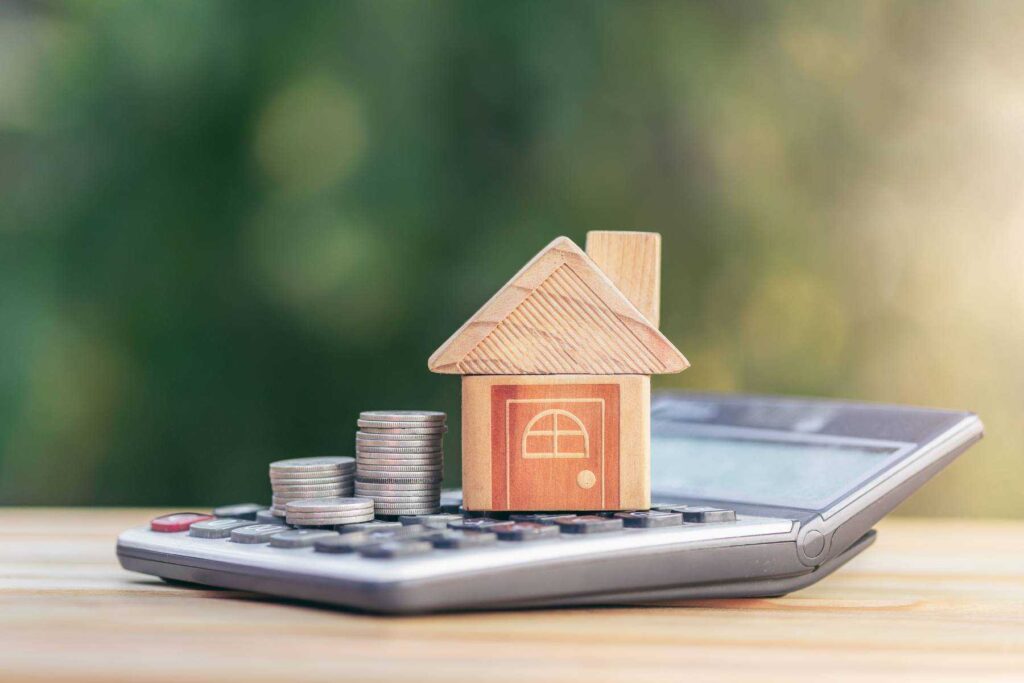Rishi Sunak has extended the stamp duty ‘holiday’ for buyers in England until the end of June.
Currently, buyers in England and Northern Ireland pay no stamp duty on the first £500,000 of a property’s purchase price – saving some people as much as £15,000 – and this will now remain in place until June 30.*
The Chancellor confirmed the decision during today’s spring Budget, while also revealing a stamp duty exemption threshold of £250,000 would be put in place from June 30 until the end of September.*
From October, however, stamp duty will return to its previous rates from before the ‘holiday’ was introduced in July 2020, meaning buyers in England will pay:
| Minimum purchase price | Maximum purchase price | Stamp duty rate |
| £0 | £125,000 | 0% |
| £125,001 | £250,000 | 2% |
| £250,001 | £925,000 | 5% |
| £925,001 | £1.5 million | 10% |
| £1.5 million + | 12% |
First-time buyers will be exempt from stamp duty on the first £300,000 of a property’s purchase price, as they were before the ‘holiday’ was brought in, while landlords and buyers of second homes will continue to pay a 3% surcharge.
A ‘cliff edge’ effect caused by the ‘holiday’ ending on March 31 sparked fears that transactions would fall through at the 11th hour, or leave people facing a larger stamp duty bill.
The stamp duty extension will ensure even more homeowners benefit from the savings on offer, with the market expected to remain strong throughout the summer despite the ‘holiday’ coming to an end in June.
The Chancellor also confirmed that government-guaranteed 95 per cent mortgage loans would be available from next month, on the purchase of properties up to the value of £600,000.
*Higher rates apply to additional properties.








